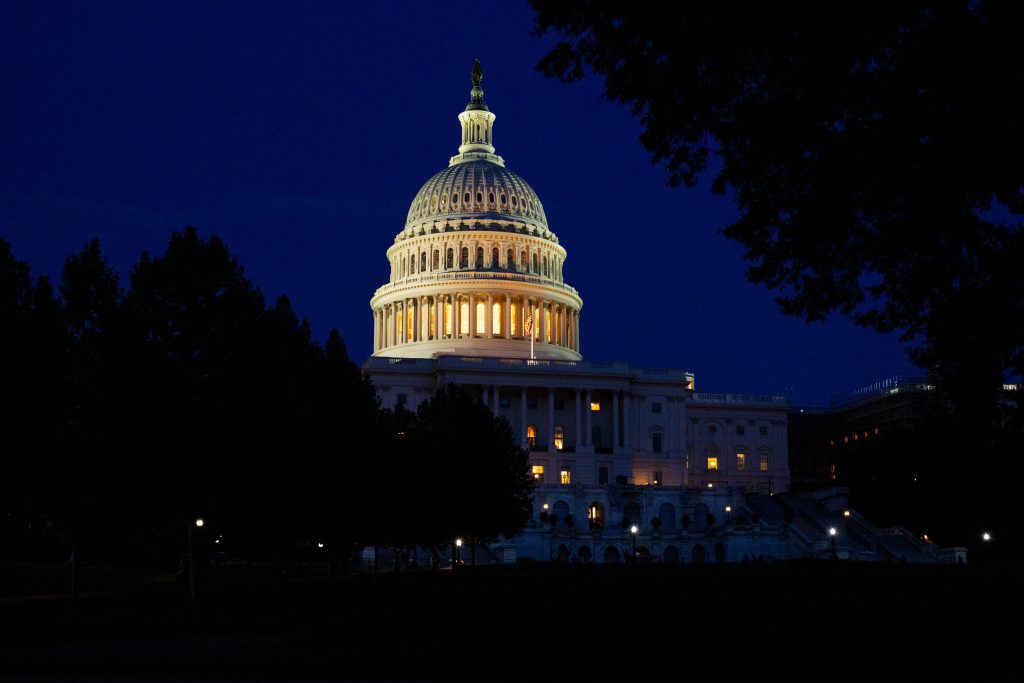$900 Billion in Pandemic Relief Signed Into Law
Leave a Comment
Businesses, individuals benefit from provisions designed to keep the American economy afloat as uncertainty related to COVID19 continues.
After months of negotiations, Congress passed an appropriations bill for 2021 that includes $900 billion in relief that could assist businesses and individuals facing economic challenges related to the COVID19 pandemic. In part, the legislation augments the CARES Act passed earlier this year. President Trump signed the bill into law on Sunday, December 27, 2020.
Kruggel Lawton CPAs is monitoring the tax implications of the bill closely and will provide expert analysis and assistance for our clients in the coming weeks as we learn more information.
There are several key provisions and tax advantages that business owners and nonprofits will want to know. Kruggel Lawton will be offering a series of webinars designed to keep our clients informed. Be sure to look for communications and invitations to these online education sessions.
Here is some of what we know now about what is included in the Consolidated Appropriations Act, 2021:
For Individuals
- There will be a $300 per week supplemental job loss benefit from December through at least March 14. This benefit will be available in addition to standard unemployment benefits.
- Individuals earning under $99,000 will receive up to $600 as a direct stimulus payment; married couples earning under $150,000 could receive up to $1,200. Families will receive $600 per child, but it does not include adult dependents.
- Renters making less than $99K annually who are facing eviction could have the current “Eviction Moratorium” extended through January 31. $25 billion is provided in emergency assistance to renters who lost their income due to COVID19.
- Americans receiving Supplemental Nutrition Assistance Program (SNAP) will have a temporary increase in benefits by 15% through June 2021.
- An extension of federal student loan forbearance was not included in this bill, however the U.S Department of Education had previously extended the time period for federal student loan repayment suspension and 0% interest rate through January 31, 2021. This applies to payments on federal student loans owned by the Department of Education.
For Businesses and Nonprofits
- Businesses who received Paycheck Protection Program (PPP) Loans forgiven will be allowed to deduct the costs covered by those loans on federal tax returns. The COVID-19 relief bill clarifies that “no deduction shall be denied, no tax attribute shall be reduced, and no basis increase shall be denied, by reason of the exclusion from gross income provided” by Section 1106 of the CARES Act.
- An additional $284 billion will be added to the Paycheck Protection Program (PPP), re-opening for a second major round of applications after closing in August. These loans will be reserved for businesses with fewer than 300 employees that have experienced a 25% drop in revenue in any of the first three quarters of 2020 compared to the same quarter from 2019. The fourth quarter of 2020 compared to the fourth quarter of 2019 will also county for qualification, as long as the loan application is submitted after January 1, 2021. The loans will be capped at $2 million.
- The legislation simplifies the process for PPP borrowers who have loans under $150,000. The borrower will simply need to complete a one-page form, including basic information on their finances and employment rates to receive forgiveness.
- The PPP will be modified to include faith-based organizations, TV and radio news outlets, 501(c)6 nonprofits like chambers of commerce and visitors bureaus. $15 billion is earmarked for arts and entertainment institutions like stage theatres, museums, and other live venues and those who have faced 90% revenue losses will receive first priority funding. $12 billion is specifically earmarked for businesses operating in low-income and minority communities and an additional $20 billion is designated for extending the Economic Injury Disaster Loans grants program for businesses in low-income and minority communities.
- Employers who deferred their workers’ payroll taxes will now have until the end of 2021 to increase the withholding to pay back the taxes owed, instead of April.
- In an attempt to revive and support the restaurant industry, there will be a tax break for business meal expenses. Businesses will be able to deduct 100% of their business meals instead of 50% from January 1, 2021 through December 31, 2022.
- This legislation does not provide protection for businesses against litigation regarding COVID19 exposure.
For State and Local Government
- There is no new funding made available in this legislation specifically for state and local governments.
- There is, however, $22 billion in funding for health-related expenses incurred by State, Local, Tribal, and Government territories.
- $7 billion was provided to expand broadband.
Thank you for your patience and trust in Kruggel Lawton during these unusual circumstances. We will be monitoring ongoing developments, re-evaluating, and keeping you informed of changes. Please contact us if you have questions, concerns, or would like more information and help concerning your PPP Loan.



